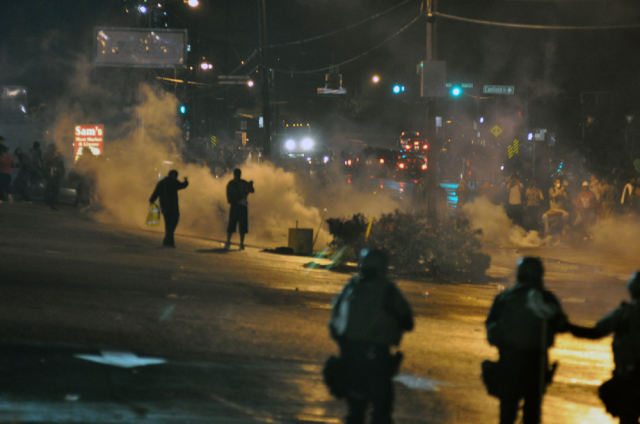
President Obama on Tuesday unveiled a report with dozens of recommendations for improving relations between police departments and the communities they serve, including calls for more accurate reporting of officer-involved fatalities and independent criminal investigations of those incidents.
The interim report lists the findings of the President’s Task Force on 21st Century Policing, a 3-month effort to investigate policing practices across the nation. Co-chaired by Philadelphia Police Commissioner Charles Ramsey, the initiative was commissioned in the wake of several high profile shootings of unarmed black men last year that exposed deep rifts in trust between many communities of color and the police forces meant to protect them.
"The events in Ferguson and New York exposed a deep-rooted frustration in many communities of color about the need for fair and just law enforcement," President Obama said during the brief ceremony on Monday at the White House. "We have a great opportunity, coming out of some great conflict and tragedy, to really transform how we think about community law enforcement relations so that everybody feels safer and our law enforcement officers feel, rather than being embattled ... feel fully supported."
The report also encourages police departments nationwide to adopt more community-focused policing strategies and provide better officer training to de-escalate potentially violent situations, including minimizing the use of military equipment during protests. While noting the value of police body cameras, the report stops short of recommending their widespread use, citing privacy concerns.
Included in the report is a reference to a 1994 law requiring the U.S. Department of Justice to “acquire data about the use of excessive force by law enforcement officers and to publish an annual summary.” But it notes the necessary funds have never been allocated to meet that objective. The problem underscores a larger challenge the federal government faces: with roughly 18,000 independent police agencies across the country, most law enforcement remains at the local level, with few legally binding reporting requirements.